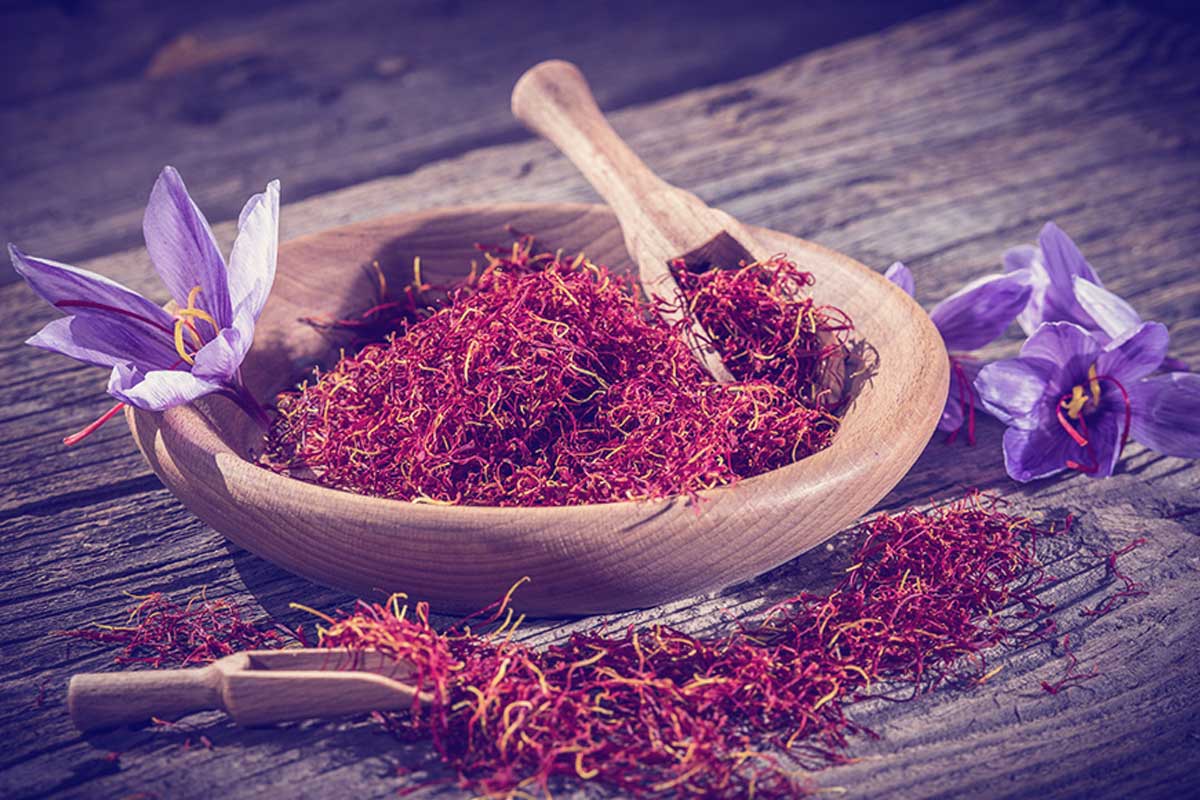Free Express International Delivery & Easy Returns
Free Express International Delivery & Easy Returns
The History of Saffron: From Ancient Times to Modern Uses

Saffron, known as the “golden spice,” has a rich and storied history that spans thousands of years. From its origins in ancient civilizations to its modern-day uses, saffron has captivated cultures around the world with its vibrant color, exquisite flavor, and diverse culinary and medicinal applications.
Ancient Origins
The history of saffron dates back to antiquity, with evidence of its use found in ancient civilizations such as Mesopotamia, Egypt, and Greece. Saffron cultivation is believed to have originated in the regions of modern-day Iran and Greece, where it was revered for its culinary and medicinal properties.
Symbolism and Prestige
In ancient times, saffron was associated with wealth, luxury, and royalty. It was used to flavor foods, beverages, and perfumes, as well as in religious ceremonies and rituals. Saffron’s vibrant color and exotic aroma made it a symbol of prestige and power, often reserved for nobility and elites.
Trade and Commerce
Saffron quickly became a highly prized commodity in ancient trade networks, valued for its rarity and exclusivity. The Silk Road, a vast network of trade routes connecting Asia, Europe, and Africa, facilitated the exchange of saffron along with other goods, contributing to its spread and popularity across continents.
Cultural Significance
Saffron has played a significant role in the culinary traditions and cultural practices of various regions around the world. In India, saffron is an essential ingredient in traditional dishes such as biryani and kheer, as well as in religious ceremonies and festivals. In Spain, saffron is a key component of paella, the iconic Spanish rice dish.
Medicinal Uses
Throughout history, saffron has been valued for its medicinal properties and therapeutic benefits. In ancient Persia, saffron was used to treat a variety of ailments, including digestive disorders, respiratory conditions, and mood disorders. Today, saffron is still used in traditional medicine practices and is being studied for its potential health benefits.
Modern Applications
In the modern era, saffron continues to be prized for its culinary versatility and health-promoting properties. Chefs around the world use saffron to add color, flavor, and aroma to a wide range of dishes, from savory paellas to decadent desserts. Additionally, saffron supplements and extracts are gaining popularity for their potential health benefits, including antioxidant and anti-inflammatory effects.
Conclusion
From its ancient origins to its modern-day uses, saffron remains a symbol of luxury, flavor, and wellness. Its rich history and cultural significance continue to inspire chefs, artisans, and enthusiasts around the world, ensuring that saffron will remain a cherished spice for generations to come.
Copyright © 2024 Zaflore.